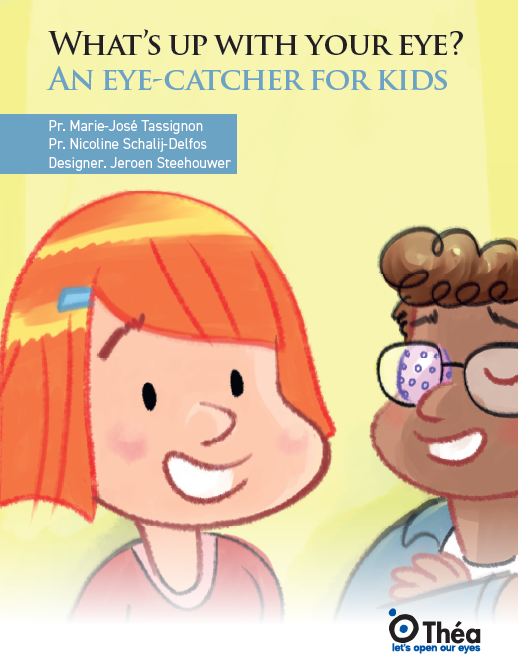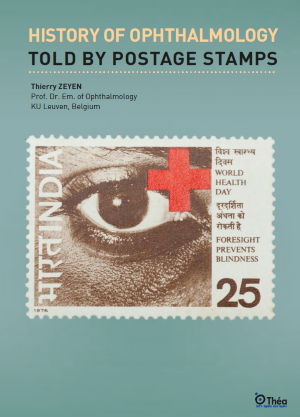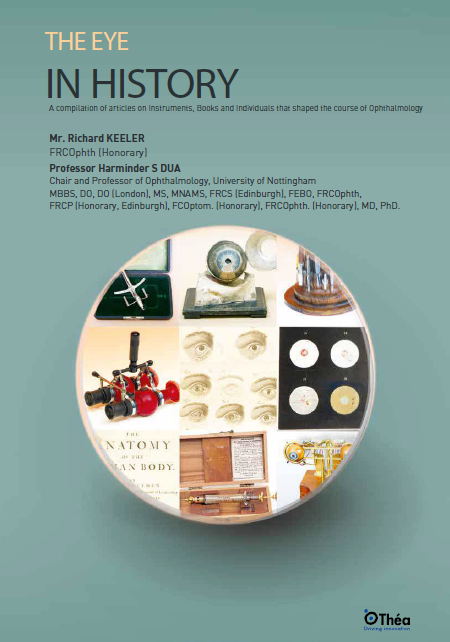
Early vision screening is essential for children’s eye health and overall development. Eye conditions such as myopia or amblyopia (lazy eye) can go unnoticed, but if left undetected, they may negatively impact school performance, self-confidence, and quality of life. Systematic eye screening in schools and community settings enables early detection and timely treatment, which is essential to prevent permanent vision
impairment and promote healthy development. (World Health Organization 2024b). Good vision is essential for children’s ability to learn, including reading, writing, and participating in classroom activities, as well as for developing motor and social skills. Since the visual system matures until about age seven, early and regular screenings are vital to identify refractive errors and eye alignment problems before they
affect educational and social outcomes. This highlights the importance of integrating pediatric eye care into routine health services and school programs. (National Center for Children’s Vision and Eye Health 2025). The WHO’s Global Action Plan and recent initiatives like SPECS 2030 emphasize expanding access to pediatric eye care through cost-effective interventions such as eye screening in schools. These efforts aim to reduce avoidable vision impairment worldwide and improve access to refractive services, thereby strengthening children’s eye health globally. (World Health Organization 2024a). To complement these efforts, educational tools like this book play an important role in preparing children for their eye care journey. By using simple and reassuring language to explain what happens during eye exams, the book helps reduce anxiety and fosters a positive attitude toward eye health. This approach supports the broader goal of pediatric eye care by encouraging children to approach screenings and specialist visits with confidence and curiosity, ensuring they fully benefit from early detection and treatment.
Visiting the eye doctor for the first time can be a source of anxiety for many children. This book uses a gentle and relatable narrative approach to help reduce those fears, making the experience of pediatric eye care more approachable. Through the stories of characters like Marie and Amir, children see familiar faces who feel just like them— curious, sometimes nervous, but ultimately brave. These characters guide young readers through what to expect during an eye doctor visit for kids, helping to normalize the experience.
The book carefully introduces common tools and procedures used in eye exams, such as vision charts, eye drops, and bright lights, in a friendly and understandable way. By explaining the purpose of each step in simple terms, it helps children feel more comfortable and less intimidated. For example, the visual acuity test, which measures how well a child can see at different distances, is presented as a fun challenge rather than a stressful task.
This approach not only eases anxiety but also encourages children to actively participate in their eye health. By familiarizing young readers with the pediatric eye care process, the book empowers them to feel confident and cooperative during their own eye doctor visits. Overall, it transforms what might seem like a scary experience into an opportunity for learning and growth.
Lazy eye, or amblyopia, is a common pediatric eye condition where one eye does not develop clear vision because the brain favors the other eye. This can happen when a child has a squint (misaligned eyes) or significant differences in vision between the two eyes. If left untreated, lazy eye in children can lead to permanent vision problems. Early diagnosis and treatment through pediatric eye care are essential to help the weaker eye develop properly.
The book explains these concepts in simple, child-friendly language, helping children and parents understand what lazy eye is and why treatment matters. It presents common treatments like glasses for kids, which correct refractive errors such as nearsightedness or farsightedness that may contribute to lazy eye. Glasses help send clear images to the brain, encouraging it to use both eyes together. Another common treatment is wearing an eye patch over the stronger eye to stimulate the weaker one. Although wearing a patch might seem challenging, the book portrays it positively, showing how children like Marie and Amir manage it confidently. Eye drops that temporarily blur vision in the stronger eye can also be used as an alternative to patches.
By describing these treatments in an empowering way, the book reassures children that glasses and patches are tools that help their eyes grow stronger. This supportive approach encourages cooperation and reduces anxiety around pediatric eye care, making the journey toward better vision less intimidating and more hopeful.
This book serves as a valuable educational tool for ophthalmologists, orthoptists, optometrists, and parents involved in pediatric eye care. By combining storytelling with engaging illustrations, it helps professionals communicate complex concepts about children’s eye health in a clear and relatable way. This approach is especially helpful during consultations, where young patients and their families may feel anxious or overwhelmed.
The narrative format allows children to better understand the importance of eye screening in schools and routine eye exams, making the process less intimidating. Visual elements support explanations of procedures such as visual acuity tests, glasses fitting, and treatments for conditions like lazy eye. This enhances cooperation and trust between healthcare providers, children, and parents.
For professionals, the book is a practical resource to complement clinical advice, helping to bridge gaps in understanding and encouraging positive attitudes toward pediatric eye care. Parents benefit from the accessible language and reassuring tone, which empower them to support their child’s eye health journey confidently.
Overall, this book strengthens communication and education around children’s eye health by making pediatric eye care more approachable and understandable for all involved. It promotes early detection and treatment through eye screening in schools and routine care, ultimately contributing to better vision outcomes and healthier childhood development.
The book introduces children to important habits that support children’s eye health and help manage myopia in children. One key concept it presents is the 20-20-2 rule: after 20 minutes of close work, children should look at something 20 feet away for at least 20 seconds and spend at least two hours outside each day. This simple routine helps reduce eye strain and may slow the progression of myopia by encouraging breaks from near work and increasing exposure to natural light. In addition to the 20-20-2 rule, the book emphasizes the importance of outdoor play, which is shown to be a critical factor in protecting against myopia. Spending time outside exposes children’s eyes to bright light, which helps regulate eye growth and reduces the risk of developing nearsightedness. Encouraging children to engage in physical activity outdoors also supports their overall well-being. (Xiong et al. 2017) The book also encourages children to take regular breaks from screens and close-up activities, helping to establish healthy eye habits from an early age. It emphasizes the importance of limiting screen time and balancing near work with other activities to reduce eye strain and protect vision. By presenting these strategies in a fun and accessible way, the book supports the development of lifelong routines that promote healthy eyes and may help reduce the risk of myopia progression Overall, this book is a valuable tool for fostering awareness and healthy eye habits in children, helping them develop routines that contribute to better vision and eye health throughout their lives.
A story to support young patients and their families (150–200 words) What’s up with your eye, An eye-catcher for kids is more than just a children’s book—it’s a valuable tool for fostering children’s eye health and easing the pediatric eye care journey. Through engaging storytelling and playful illustrations, the book demystifies what happens during an eye doctor visit for kids, making the experience less intimidating and more approachable for young patients. By explaining common eye conditions and the importance of healthy habits in clear, child-friendly language, it empowers children to take an active role in their own eye care. For parents, the book offers reassurance and practical advice, helping them support their child’s vision needs with confidence. It addresses the questions and anxieties that families may have, turning the unknown into something familiar and manageable. Eye care professionals can use this resource in clinical settings to prepare children for their appointments or recommend it to families as a helpful guide at home. In doing so, they help create positive, lifelong attitudes towards pediatric eye care and encourage healthy habits that will benefit children for years to come. This story truly bridges the gap between families and the world of children’s eye health.


